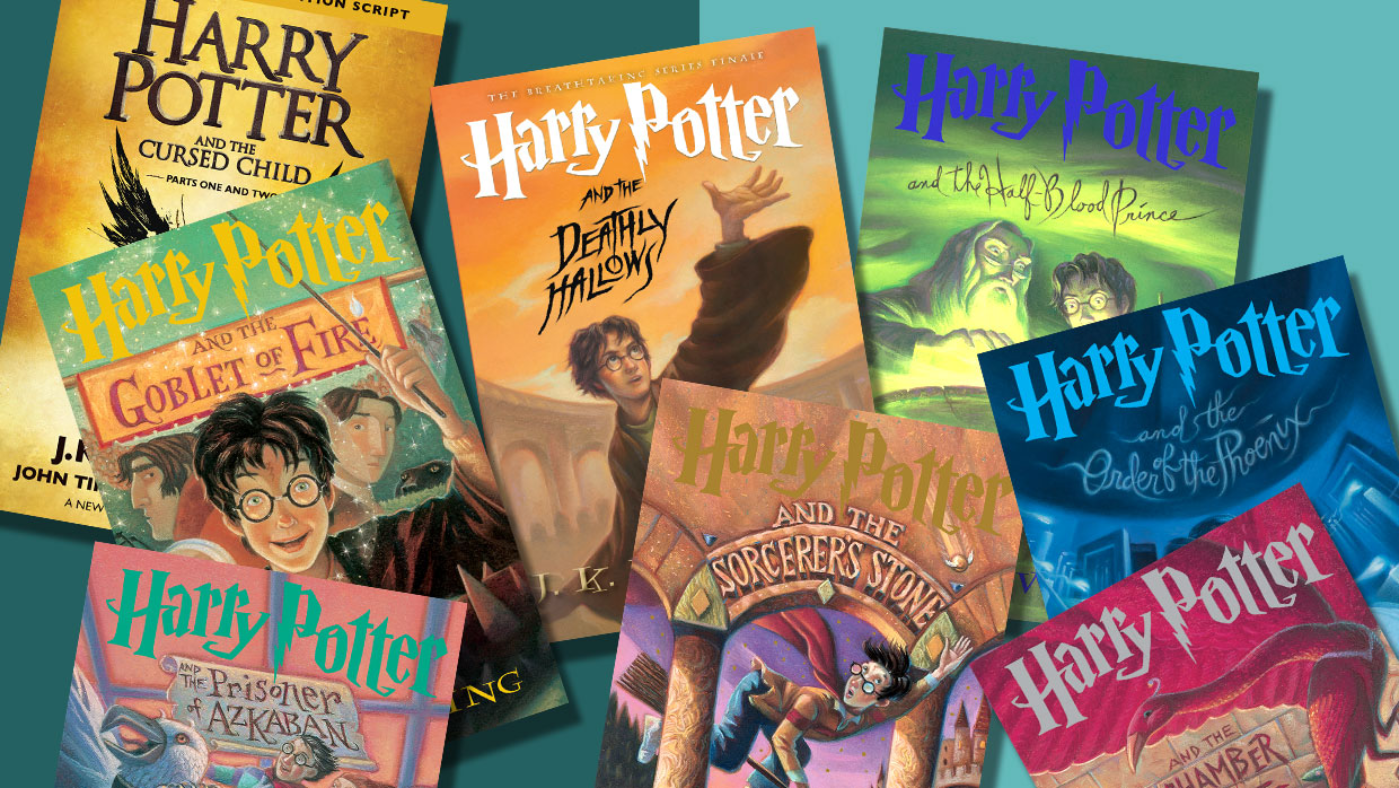“A Better Lens: Reading and Writing”
David Gorra Collazo
College feels like being on a roller coaster, so fast and thrilling at the same time, but to succeed, one must adapt. One of the many challenges students face in college is the process of reading and writing. Students have “rules” and preconceived notions in their heads about what they can or can’t do, some true, some false, and many circumstantial. One such notion is that reading and writing are not connected. High schools and Colleges alike prioritize writing over reading significantly which further supports the notion that writing is the most important of the two and as such, should be prioritized. This problem stems from an issue apparent in college freshmen, the inability to enjoy or fully comprehend either, making it harder to make college-level essays that will satisfy instructors. Carrillo along with Westin’s ideas about reading and writing allows me to conclude a better idea regarding the subject, and that is, rhetorical reading and using social media to enhance a student’s this skill.
In the book Bad Ideas About Writing, Ellen C. Carrillo addresses the issue in detail. In her essay, “Reading and Writing Are Not Connected” she argues the opposite of her title. In other words, she argues against this bad idea by stating that “if students are not given the opportunity to continue working on their reading throughout their college careers, they may struggle to analyze, interpret, and evaluate all that surrounds them” (Carrillo paragraph 4). She concludes that for students to have a comprehensive set of skills to comprehend, analyze, and interpret writing tasks associated with reading, students and teachers should prioritize rhetorical reading. Rhetorical reading strategies that, “wherein readers pay particular attention to how a text is working on them, persuading them. A better understanding of this as a reader can also support students’ writing as they develop their own arguments.” (Carrillo p.42)
In Westin’s article, for instance, she talks about the negative impacts social media has had on her students but at the same time agrees that the benefits outweigh them. She argues that some skills associated with reading and writing are strengthened using social media. Stating, that communication and writing are enhanced “by the use of social media in my opinion. It forces us to write a lot more, which is always a good thing” (Westin p.1).
In Conclusion, reading and writing are an integral part of a student’s career and as such, students that neglect either will not fare as well as those that incorporate both in their routine. Rhetorical reading and using things that students do normally like using social media if looked at through a learning lens it can help strengthen both skills simultaneously.












 Many people can picture themselves writing as a child their favorite memory in class, or writing about slaying a dragon over the winter. That’s what a lot of people imagine when they picture creative writing. However, some see creative writing as writing, while other forms are just put aside. In the book “Bad Ideas About Writing,” Cydney Alexis explains that “People who write everything except poetry and fiction—that is, people who contribute the vast majority of writing to the world in the form of lists, essays, emails, blog posts, texts, instruction manuals, and so on—see their work as less creative and less important.” (Alexis 188) This a really bad idea, as it sidelines other forms of writing and uncreative and unimportant. Creative writing is not just a unique category, but one where all spectrums of writing can be seen under one category. Creative writing should be taught as an equal with all writing styles.
Many people can picture themselves writing as a child their favorite memory in class, or writing about slaying a dragon over the winter. That’s what a lot of people imagine when they picture creative writing. However, some see creative writing as writing, while other forms are just put aside. In the book “Bad Ideas About Writing,” Cydney Alexis explains that “People who write everything except poetry and fiction—that is, people who contribute the vast majority of writing to the world in the form of lists, essays, emails, blog posts, texts, instruction manuals, and so on—see their work as less creative and less important.” (Alexis 188) This a really bad idea, as it sidelines other forms of writing and uncreative and unimportant. Creative writing is not just a unique category, but one where all spectrums of writing can be seen under one category. Creative writing should be taught as an equal with all writing styles. 







